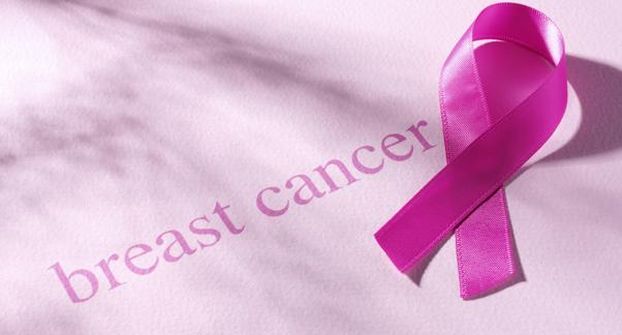
The researchers estimated that the five year absolute risk of post-menopausal breast cancer rises from 1 in 61 to 1 in 51 with each increase in skirt size every 10 years. ‘Although the exact mechanism of these relationships need to be better understood, there is a suggestion that body fat around the waist is more metabolically active than adipose tissue elsewhere,’ said Usha Menon from University College London in Britain.
‘Extra fat is known to boost levels of the female hormone oestrogen, on which many breast cancer cells rely for fuel,’ the study authors added. The findings were based on almost 93,000 women taking part in the UK Collaborative Trial of Ovarian Cancer Screening (UKCTOCS) in England. The women were all aged over 50, had gone through menopause and did not have breast cancer when they entered the study between 2005 and 2010.
During the monitoring period, 1090 women developed breast cancer. As expected, infertility treatment and family history of breast/ovarian cancer were significantly associated with a heightened risk of being diagnosed with the disease. Increases in skirt size, however, emerged as the strongest predictor of breast cancer risk.
The study appeared in the journal BMJ Open.
Here are some tips to detect breast cancer early
Get a mammogram when you are younger, rather than when you are older:
Over 40? Its time you got regular mammograms. According to the American Cancer Society women should begin getting annual mammograms at the age of 40. This is because the early detection of breast cancer offers the best chance for a cure.
Choose the right man for the job!
You can get a mammography at any hospital but getting the right diagnosis after the test is what is worth its weight in gold. Choose a doctor who is experienced in reading mammography and has worked with a number of patients previously. His/her experience gives them the added advantage of identifying any problems in your reports. This is where an inexperienced physician may fail.
Pick digital over conventional
A digital mammography is much more accurate when it comes to detecting any problems in women with dense breast tissue — especially found in women below the age of 40. Moreover digital scans do a better job of detecting cancers when compared to the traditional film mammography. Read more about 10 tips to detect breast cancer early
With inputs from IANS
Photo source: Getty images